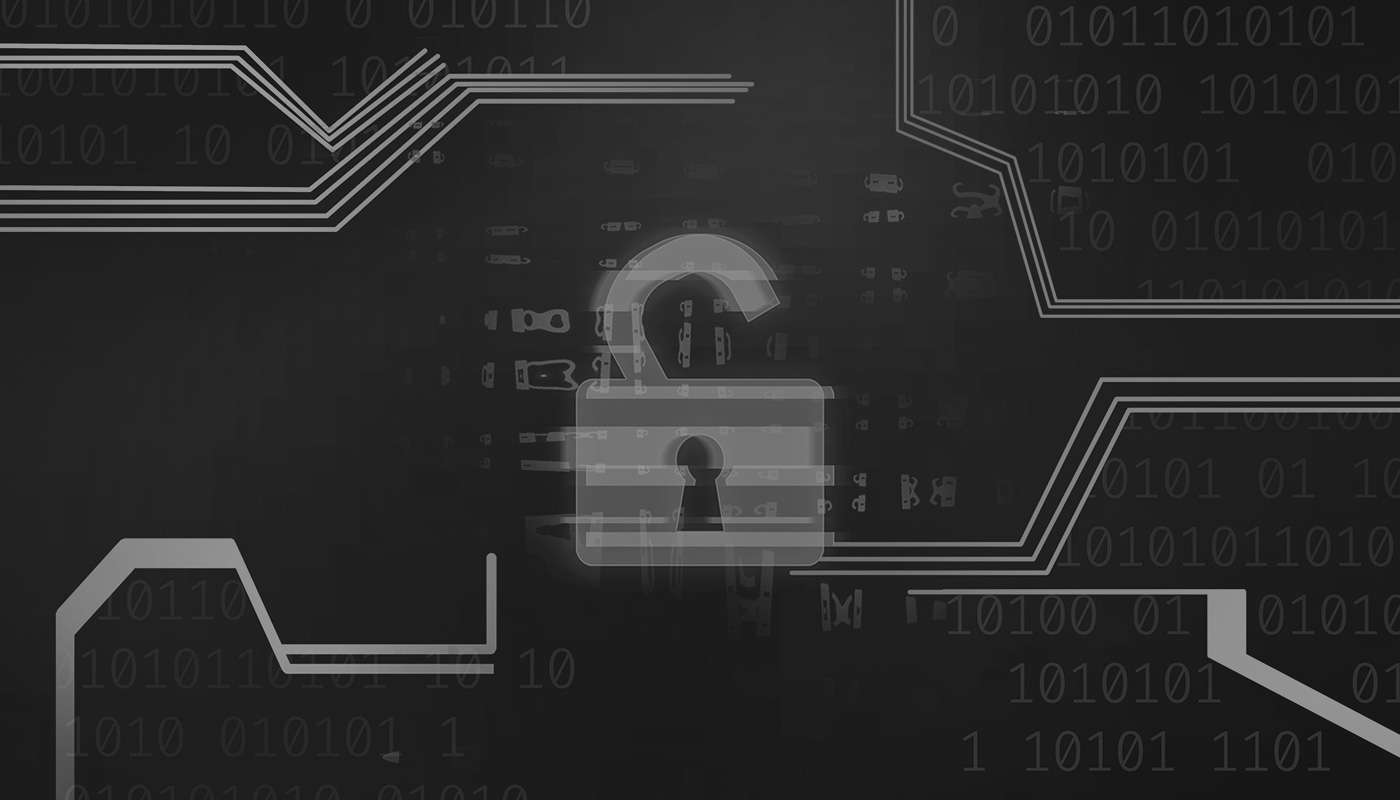- Qualcomm’s $2.4B Alphawave deal signals bold data center ambitions
- Is this the end of Intel-based Macs? Apple confirms bittersweet update policy for MacOS
- “고객 53%에겐 독이 됐다”···가트너가 경고한 ‘수동적 개인화’ 마케팅의 역설
- The best iOS 26 features announced at WWDC: I'm updating my iPhone for these reasons
- Your Apple Watch is getting a major upgrade. Here are the best features in WatchOS 26
An Introduction to Cyber Threat Intelligence: Key Concepts and Principles

Cyber Threat Intelligence (CTI), or threat intelligence, is evidence-based knowledge established from current cyber threats, gathered from myriad sources to identify existing or potential attacks. Threat intelligence assists in identifying the motives, targets, and attack behaviors of a threat actor and implementing strong defenses from future attacks. According to IBM’s Cost of a Data Breach 2022 report, the average data breach costs its victims $4.35 million. Using threat intelligence, these losses can be mitigated, and such attacks can be avoided.
Threat intelligence benefits organizations in many ways:
- Better threat detection and decision making – Threat intelligence improves the detection and monitoring of threats using powerful tools, which then helps to make better and more accurate security decisions for the organization.
- Effective threat response – Providing detailed and in-depth information about Tactics, Techniques, and Procedures (TTPs) that threat actors use and Indicators of Compromise (IoCs) of cyber attacks, which security teams can use to address any persisting vulnerabilities and remediate threats.
- Addresses organization-specific threats – Threat intelligence isn`t limited to general malware strains but also to specific vulnerabilities in the organization`s attack surface. Incidents are prioritized based on risk and impact on the organization, and factors such as the type of attacks and the assets affected are also considered.
- Automated processes and actionable suggestions – Threat history data and machine learning capabilities enable automated detection and blocking, and the system can provide practical suggestions and insights for defense through data analysis.
Types of threat intelligence
1. Strategic threat intelligence
Strategic threat intelligence is a less technical threat intelligence overview for executive-level individuals in an organization. It includes data from reports about vulnerabilities, risks associated with the organization`s threat landscape, how assets are targeted, and cyber threat trends in particular industries. Based on this information, stakeholders can make decisions on risk management strategies and investments.
2. Tactical threat intelligence
This type consists of more specific details for technically proficient professionals. It provides detailed insight for the security team about vulnerabilities, attack vectors, IoCs, TTPs of a threat actor and even includes steps to create a defense strategy. Tactical intelligence has a short lifespan and is usually automated.
3. Technical threat intelligence
This intelligence provides technical evidence about an executed attack. Information is provided about tools and resources used by the threat actor, IoCs (which include malicious IP addresses), the content of phishing emails, and malware samples. Technical intelligence is time sensitive because IOCs become obsolete quickly.
4. Operational threat intelligence
Operational threat intelligence is based on knowledge about attacks, such as their motive, nature, timing, and how it is carried out. This information can be used to predict the likelihood of future attacks and help defenders disclose potential risks.
Threat intelligence lifecycle
The threat intelligence lifecycle consists of 6 iterative steps that an organization could implement to improve its cyber threat intelligence while optimizing its resources and effectively responding to the modern threat landscape.
- Requirements – This is the planning stage, where security teams set the objectives and goals for the threat intelligence operation. They may investigate the attack surface, the types of attackers and their motives, the type of intelligence needed, and the actions that should be taken to defend against the attacks.
- Collection – Information is collected for the requirements defined in stage 1. Data is gathered from a wide range of sources such as logs, past incident response records, the internet, and even the dark web.
- Processing – After the necessary data is collected, it will be processed into a format suitable for analysis, such as organizing the data into spreadsheets, decrypting files, evaluating data relevance and reliability
- Analysis – Once the data has been processed, the data is analyzed to find answers to the questions posed in the first stage and provide valuable recommendations to stakeholders.
- Dissemination – The threat intelligence team translates all the analyzed data into a simplified format for the stakeholders.
- Feedback – This is the final stage, where feedback is recorded if changes or improvements are required for threat intelligence operations. This stage is also crucial in determining objectives and procedures for the next threat intelligence lifecycles.
What to look for in a threat intelligence program
- Tailored threat management – Choose a cyber threat intelligence program that is catered to the specific needs of the organization, not a generic model that addresses only the basic requirements.
- Practical solutions – A program that addresses the vulnerabilities in the current threat landscape.
- Multiple data sources – Provides latest data feed about attacks, threats, and vulnerabilities from internal and external sources.
- Automation and integrated solutions – The ability to integrate with other cybersecurity solutions and automatically identify and respond to threats.
Conclusion
Organizations today are handling more data than ever, and coordinated cyber-attacks executed against organizations are increasingly high. Current attacks are more sophisticated and harder to mitigate. Proactive solutions and necessary defenses against malicious threats need to be implemented. Through cyber threat intelligence, potential threats and attacks can be identified earlier, and the organization’s security posture can be increased.
Editor’s Note: The opinions expressed in this guest author article are solely those of the contributor, and do not necessarily reflect those of Tripwire.

